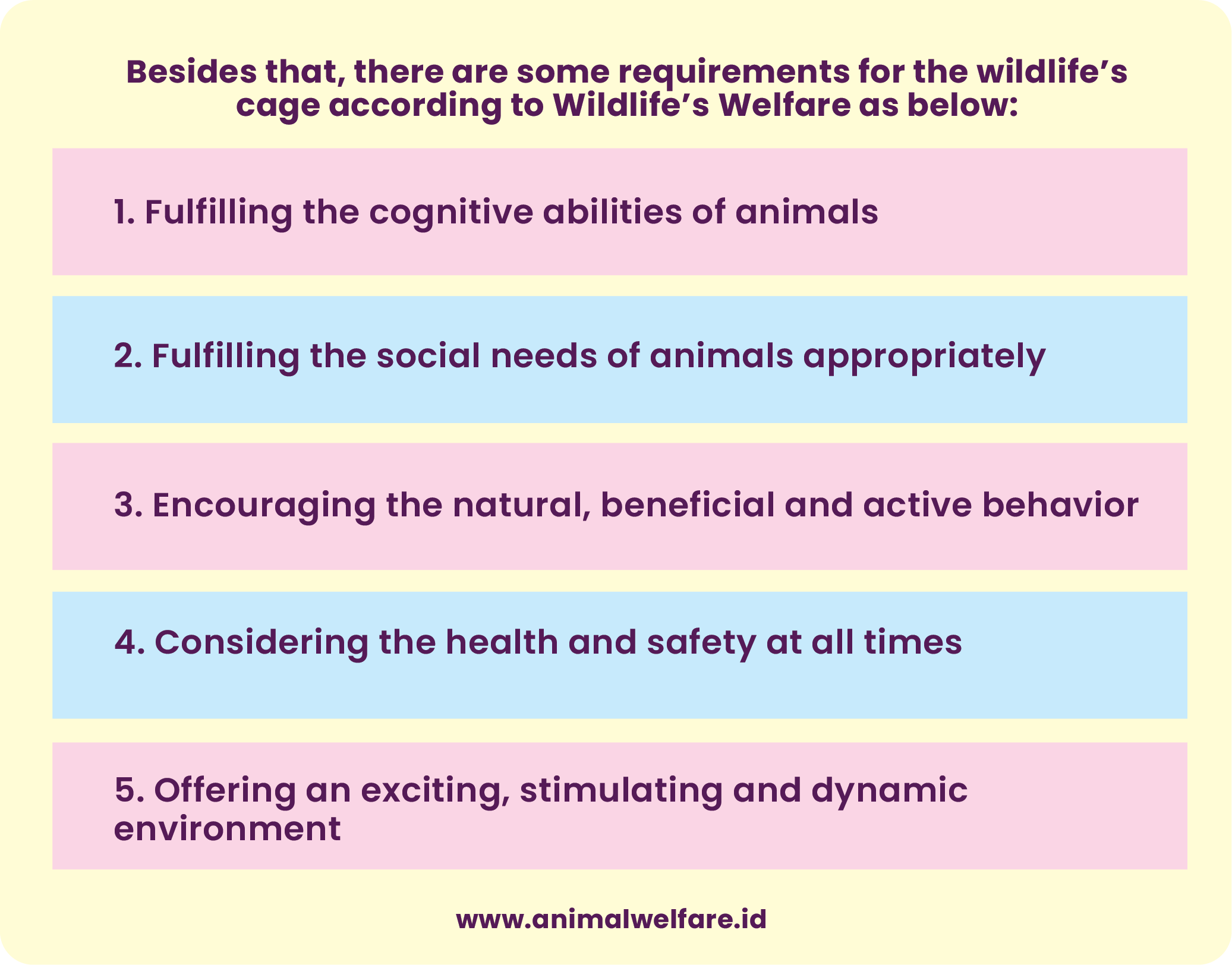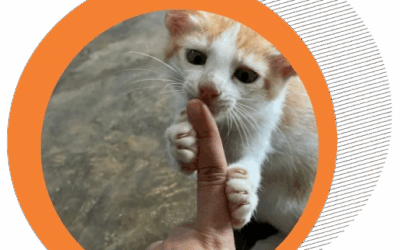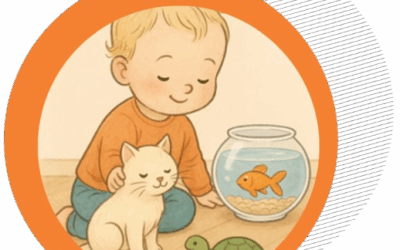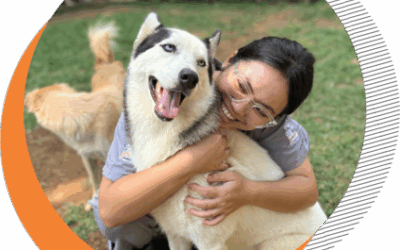
From Wild Observation to
Ex-Situ Conservation
Have you ever seen people who work as an
observer of wildlife? They observe the behavior
of the wild animals; the venturing behavior,
eating behavior, type of food being consumed,
the interaction between the correlative and/or
different species, the habitat, and the role of the
wildlife for the environment.
By: Esther Adinda – Little Fireface Project
Photo: Sumatera Wildlife Center
Translator: Elizabeth Gabriella Anggina
So, is the observation important? Yes! The observation of wildlife’s behavior is crucial especially when the result of the observation becomes the base of the conservation’s construction out of its natural habitat or commonly called ex-situ conservation. Now let’s find out, what is ex-situ conservation and what is the purpose of it?

What is The Ex Situ Conservation and What is The Purpose?
Based on the Regulation of Forestry Ministerial of the Republic of Indonesia No. P.31/Menhut-II/2012 on Conservation Institution, ex situ conservation is a type of plants and/or animal conservation that is built out of the natural habitat. While according to IUCN “ex-situ” is conditions under which individuals are spatially restricted with respect to their natural spatial patterns or those of their progeny, are removed from many of their natural ecological processes, and are managed on some level by humans. In essence, the individuals are maintained in artificial conditions under different selection pressures than those in natural conditions in a natural habitat.
Ex-situ conservation has the potential to (i) help reducing the major threat of wildlife’s population decline such as deforestation and exploitation, (ii) improve the demographic or genetic viability of wildlife populations by ameliorating the impact of major threats on a population, (iii) defer the extinction of the wildlife caused by natural disasters, and (iv) restore the population or introduce the conservation after the previous threats were successfully neutralized.
The institution of ex-situ conservation has the responsibility to maintain the welfare and to provide the needs of the wildlife that’s in its guard. But the wildlife’s welfare is not as simple as providing food, water, and a place to stay. There must be basic science knowledge about the wildlife that is being conserved, therefore the place or the cage would be suitable for the wildlife as it is in its natural habitat. This could be the adaptation of “Five Provisions” by Mellor, 2016.

It is very important to provide a suitable need for the wildlife that is being taken care of, because when the needs are not being fulfilled the wildlife would be prone to be stressed and frustrated, which results in the short life and lack of mental health of the wildlife itself.
So, how ought the cage to be constructed?
Please keep in mind that every species has their own needs for the cage characteristic. There is
plenty of research and publications as the results from direct observations on their natural habitat that could be used as a guidance to draw the cage’s design, that further would be adjusted to the requirements that have been explained before. For example, the arboreal animals that always live up on the trees must be provided with spacious cage and enough substrate or trees to fulfill their needs and to allow them express their natural behavior; or the animals that lives naturally in humid space must be placed in a humid cage with a few characteristics to make them comfort to live there.
The facilities and the infrastructures made must provide the environment that fit each species, therefore it will meet the physiological needs and the natural behavior of the wildlife to achieve the optimum welfare. The institution’s authorities of the ex situ conservation must have the basic science and knowledge about the wildlife that are being taken care of to achieve the desired welfare for the animals.
Source:
https://wildwelfare.org/wp-content/uploads/Environment-BI.pdf
Komisi Penyelamatan Spesies IUCN panduan manajemen ex situ untuk konservasi spesies.
International Union for Conservation of Nature, January 2020.
Mellor, D. (2016). Moving beyond the “Five Freedoms” by Updating the “Five Provisions” and
Introducing Aligned “Animal Welfare Aims.” Animals, 6(10), 59.
https://doi.org/10.3390/ani6100059
Photos: Sumatra Wildlife Center
Related Post





